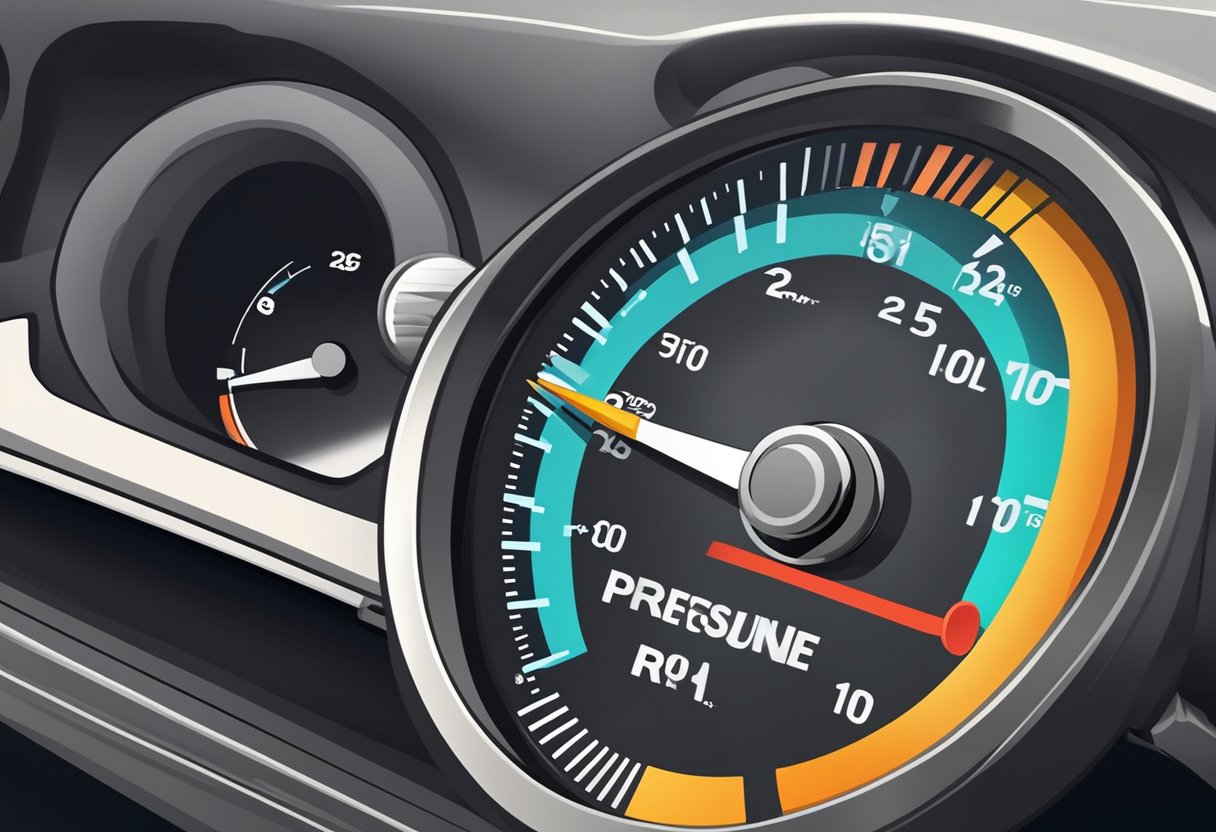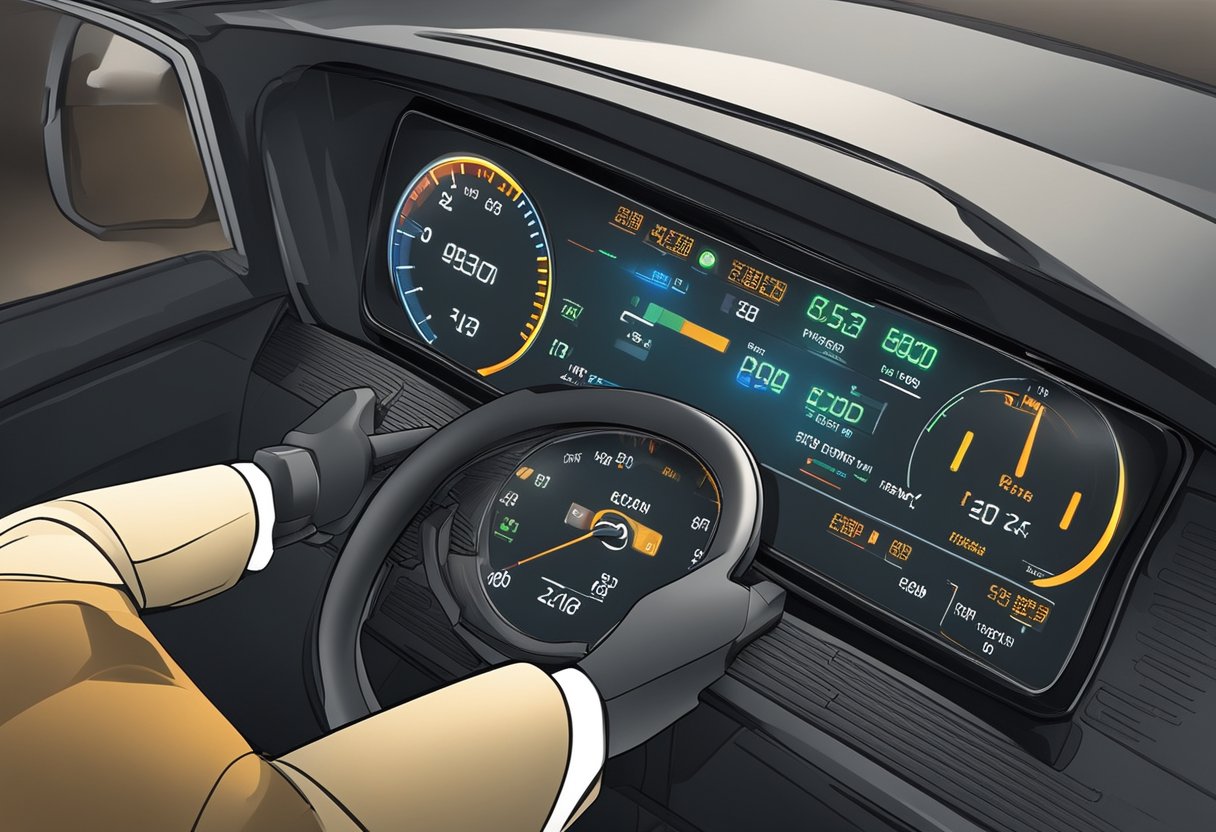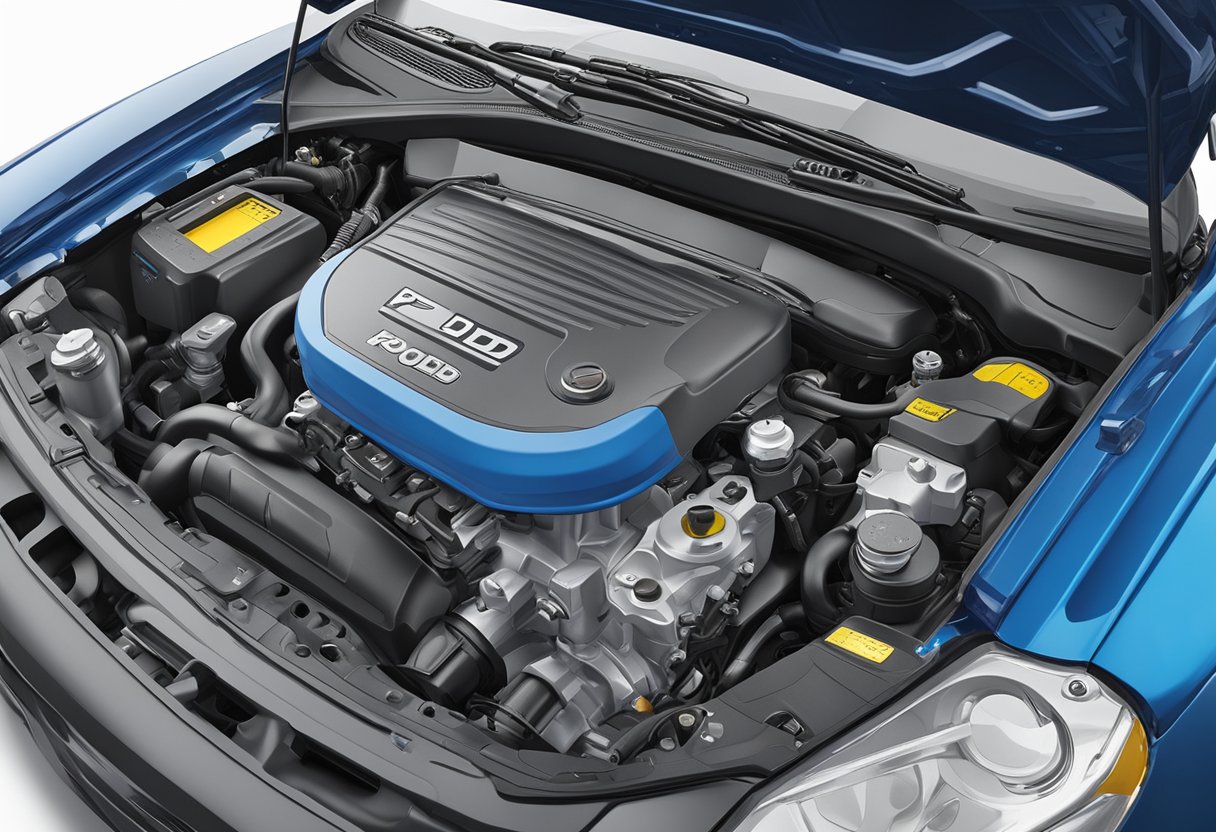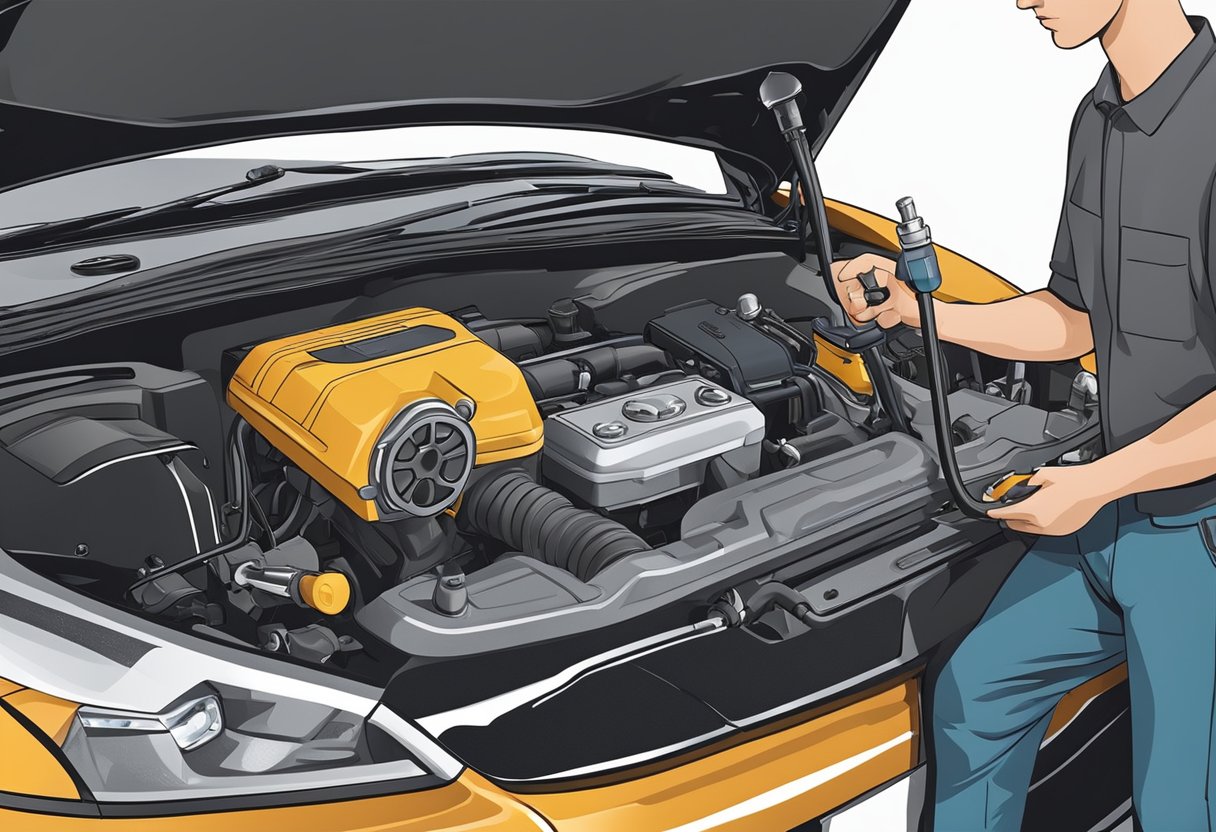If you own a vehicle and have been experiencing engine oil pressure control issues, you may have encountered the P06DD error code. This code refers to a problem with the engine oil pressure control system, which can lead to a variety of issues if left unresolved. Diagnosing the root cause of this problem can be challenging, but with the right tools and knowledge, it is possible to get your vehicle running smoothly again.
One of the most common causes of the P06DD code is a malfunctioning oil pressure control valve. This valve is responsible for regulating the flow of oil to the engine, and if it becomes stuck or fails to operate correctly, it can cause the engine to run poorly or even fail altogether. Other potential causes of this error code include a faulty oil pump, damaged wiring or connectors, or a malfunctioning oil pressure sensor. Regardless of the underlying cause, it is important to address this issue as soon as possible to prevent further damage to your vehicle.
Understanding P06DD Code
If you have encountered the P06DD code, it means that your engine oil pressure control system is not functioning properly. This code is specific to Chrysler vehicles and indicates that there is an issue with the oil pressure control solenoid valve.
The oil pressure control solenoid valve is responsible for regulating the oil pressure in the engine. When it fails, it can cause a number of problems, including decreased engine performance, increased fuel consumption, and even engine damage.
To diagnose the issue, you may need to use a scan tool to read the code and determine the specific problem. Once you have identified the issue, you can then take steps to repair or replace the faulty component.
It is important to address the P06DD code as soon as possible to prevent further damage to your engine. If you are not comfortable performing the repair yourself, it is recommended that you take your vehicle to a qualified mechanic for diagnosis and repair.
Symptoms of P06DD Code
If your vehicle’s check engine light is on, it could be a sign of a P06DD code. This code is related to engine oil pressure control issues, and it can cause a variety of symptoms. Here are some of the most common symptoms you may experience if your vehicle has a P06DD code.
Illuminated Check Engine Light
The most obvious symptom of a P06DD code is an illuminated check engine light. This light can come on for a variety of reasons, but if you have a P06DD code, it means there’s an issue with your engine oil pressure control system. It’s important to get your vehicle diagnosed and repaired as soon as possible to prevent further damage to your engine.
Reduced Engine Performance
Another symptom of a P06DD code is reduced engine performance. This can include sluggish acceleration, decreased power, and poor fuel economy. If you notice any of these symptoms, it’s important to get your vehicle looked at by a qualified mechanic.
Abnormal Engine Noise
A P06DD code can also cause abnormal engine noise. This can include knocking, ticking, or other unusual sounds coming from your engine. These noises can be a sign of serious engine damage, so it’s important to get your vehicle inspected as soon as possible.
Overall, if you experience any of these symptoms, it’s important to get your vehicle diagnosed and repaired by a qualified mechanic. Ignoring a P06DD code can cause serious damage to your engine and lead to costly repairs down the line.
Are Bad Speed Sensor Symptoms Related to Engine Oil Pressure Control Issues?
Bad speed sensor symptoms can certainly be related to engine oil pressure control issues. When the speed sensor malfunctions, it can disrupt the engine’s ability to accurately gauge oil pressure. This can lead to serious engine damage if not addressed promptly. Keep an eye out for these symptoms and consult a mechanic if necessary.
Can a faulty Manifold Absolute Pressure sensor cause engine oil pressure control issues as well?
Yes, a faulty manifold absolute pressure sensor can cause engine oil pressure control issues as well. When the sensor fails, it can send incorrect readings to the engine control unit, leading to incorrect oil pressure regulation. It’s important to address any issues with the manifold absolute pressure sensor promptly to avoid further engine damage.
Causes of P06DD Code
If you’re experiencing the P06DD code, it’s likely that your engine oil pressure control system is having issues. There are several potential causes of this code, including:
Faulty Oil Pump
The oil pump is responsible for circulating oil throughout the engine, and if it’s not working properly, it can trigger the P06DD code. A faulty oil pump may not be able to generate enough pressure to properly lubricate the engine, which can cause serious damage over time. If you suspect that your oil pump is the culprit behind the P06DD code, it’s important to have it inspected and replaced as soon as possible.
Clogged Oil Filter
The oil filter is designed to remove contaminants from the oil before it circulates through the engine. Over time, the filter can become clogged with debris, which can restrict oil flow and trigger the P06DD code. Regular oil changes can help prevent this issue, but if you’re already experiencing the code, you may need to have your oil filter replaced.
Defective Pressure Relief Valve
The pressure relief valve is designed to regulate oil pressure in the engine. If it’s not functioning properly, it can cause the P06DD code to appear. A defective pressure relief valve may not be able to maintain consistent pressure, which can lead to engine damage. If you suspect that your pressure relief valve is the cause of the P06DD code, it’s important to have it inspected and repaired or replaced as necessary.
By addressing these potential causes of the P06DD code, you can help ensure that your engine oil pressure control system is functioning properly and avoid serious engine damage.
Diagnostic Procedures
When your vehicle’s check engine light illuminates, it’s important to diagnose the issue as soon as possible. If you’ve received a P06DD code, it’s likely that your engine oil pressure control system is malfunctioning. To diagnose the issue, follow the diagnostic procedures below.
Reading Diagnostic Trouble Codes
The first step in diagnosing any issue with your vehicle is to read the diagnostic trouble codes (DTCs) stored in the engine control module (ECM). A scan tool can be used to retrieve the codes, which will provide insight into the specific issue causing the check engine light to illuminate. In the case of a P06DD code, the DTC will indicate that there is a problem with the engine oil pressure control system.
Oil Pressure Test
Once you’ve retrieved the DTC, it’s important to perform an oil pressure test to determine if the oil pressure control system is functioning properly. This test involves using a mechanical gauge to measure the oil pressure in the engine while it’s running. If the oil pressure is too low, it could indicate a problem with the oil pump, oil pressure sensor, or oil pressure control solenoid.
Component Inspection
If the oil pressure test indicates that the oil pressure control system is functioning properly, it’s important to inspect the individual components of the system for any signs of damage or wear. This includes the oil pressure sensor, oil pressure control solenoid, oil pump, and oil pressure relief valve. If any of these components are damaged or worn, they may need to be replaced in order to resolve the issue.
By following these diagnostic procedures, you can effectively diagnose and resolve any issues with your engine oil pressure control system. If you’re unsure about any of these steps, it’s recommended that you consult with a qualified mechanic or automotive technician for further assistance.
Repair and Solutions
If you have diagnosed your vehicle with the P06DD code, then you are likely experiencing engine oil pressure control issues. Fortunately, there are several repair and solution options available to you.
Oil Pump Replacement
One potential solution is to replace the oil pump. This may be necessary if the pump is worn or damaged, or if it is not functioning properly. A new oil pump can help to restore proper oil pressure and improve engine performance.
Oil Filter Change
Another potential solution is to change the oil filter. Over time, oil filters can become clogged with debris and other contaminants, which can restrict oil flow and reduce pressure. By replacing the oil filter, you can help to restore proper oil pressure and improve engine performance.
Pressure Relief Valve Repair
A third potential solution is to repair or replace the pressure relief valve. This valve is responsible for regulating oil pressure, and if it is not functioning properly, it can cause engine oil pressure control issues. Repairing or replacing the valve can help to restore proper oil pressure and improve engine performance.
In conclusion, if you are experiencing engine oil pressure control issues and have diagnosed your vehicle with the P06DD code, there are several repair and solution options available to you. By replacing the oil pump, changing the oil filter, or repairing or replacing the pressure relief valve, you can help to restore proper oil pressure and improve engine performance.
As an Amazon Associate we earn from qualifying purchases.















